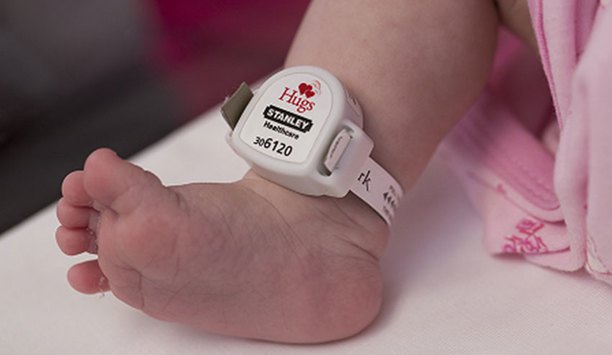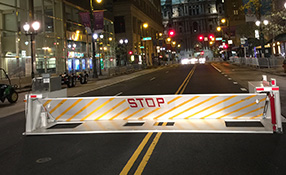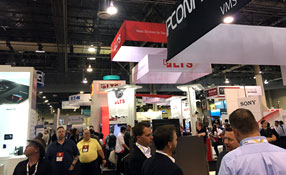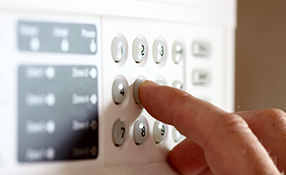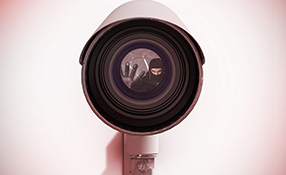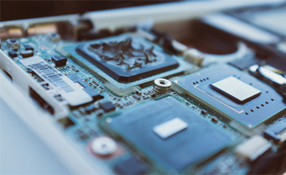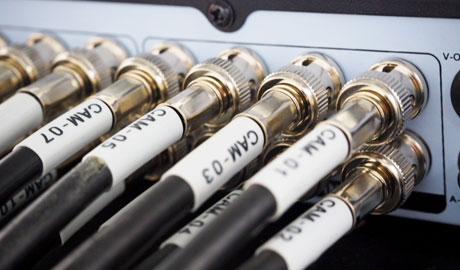 |
| With innovation continuing in HD CCTV, analog video surveillance may be around for some time |
What’s your stance on the analog-to-IP video migration? When will it happen? Will analog go away entirely? Talk to any security company and they’ll admit they love the simplicity of the installation and setup of analog cameras. They know how to deploy it quickly, saving labor costs and also, can use the familiar and ever-present coaxial cabling network. That’s the here and now, and with innovation continuing in HD CCTV, this product category may be around for some time.
HD Analog: Fastest Growing Segment In The Surveillance Industry
Whether you agree or disagree, HD analog is still a viable part of video surveillance installations. According to 2015 research by IHS Technology, the ‘Video Surveillance Camera Installed Base Report’ for 2014 indicated HD analog as the fastest growing segment in the surveillance industry.
It’s been a slow march by security companies over the last decade to fully embrace IP video surveillance. True, higher resolution cameras provide better images and the ability to see greater detail, but this may be a product category set to co-exist with analog for the near future.
Innovation continues in the HD CCTV product category. Digital Watchdog™ is expected to release in May 2016 the first Analog High Definition (AHD) multi-sensor 6MP panoramic camera that uses existing coaxial cables to transmit crystal clear detailed 1080p images at up to 30fps.
Savings In Existing Surveillance Infrastructure
Mark Espenschied, Director of Marketing, Digital Watchdog, Cerritos, California, says HD over coaxial technology represents a smart return on investment for the security contractor. “How do you justify ignoring an investment in coaxial cabling or the expense of removing and replacing it? Yes, new construction likely includes the Cat5/6 cabling for an IP network, so adding a new surveillance system may simply mean taking advantage of what is there, much like we have seen with the adoption of VoIP: phones and surveillance equipment are just more things to add to the network. However, end users may not be in a hurry to abandon their investments in coaxial in order to get the better image quality,” he says.
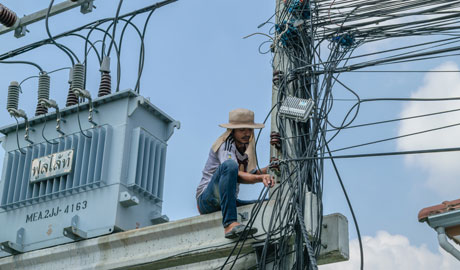 |
| A large amount of existing coaxial in the world is being transitioned to HD video over coaxial, not new IP surveillance systems |
Innovations In Analog
Espenschied cites these innovations as further driving analog's continued use:
- Three HD over analog standards, AHD, TVI and CVI, all support incredible signal reach. In fact, with AHD or TVI, you could run a cable from the ground to the tip of the Empire State Building and still have cable left over with a viewable/recordable signal using RG-59 cable. That’s up to 450 meters.
- Like IP, 1080p resolution is now becoming the standard for analog surveillance, the starting place. HD analog cameras at 3 megapixels and 5 megapixels are on their way to distributors now.
- The recorders for HD analog are also technological marvels, supporting all previous analog cameras plus one or more of the HD analog standards. So the issue of “this only works with that” is going away.
- Multi-sensor panoramic cameras have lately hit the mainstream in IP video surveillance after only a couple of manufacturers did the heavy lifting for several years. Amazingly, there are now multi-sensor HD analog cameras available that provide the same value proposition: you can see more with a single installation, reducing all associated installation costs for a surveillance system because you can install fewer cameras to get the same or better coverage. That is the key to understanding the value of multi-sensor cameras (or “many cameras in one housing”) to compare the overall cost of the system, not just the cost of the camera.
- And even though we refer to this equipment as analog, the recorders use hard drives and are all capable of connecting to the Internet, allowing you to view and manage your system for anywhere via a PC program or mobile app.
Only time will tell how long analog video surveillance systems will serve the physical security industry. But here’s the bottom line: according to research reports, there’s lots of existing coaxial in the world and a good deal is being transitioned to HD video over coaxial, not new IP surveillance systems.


